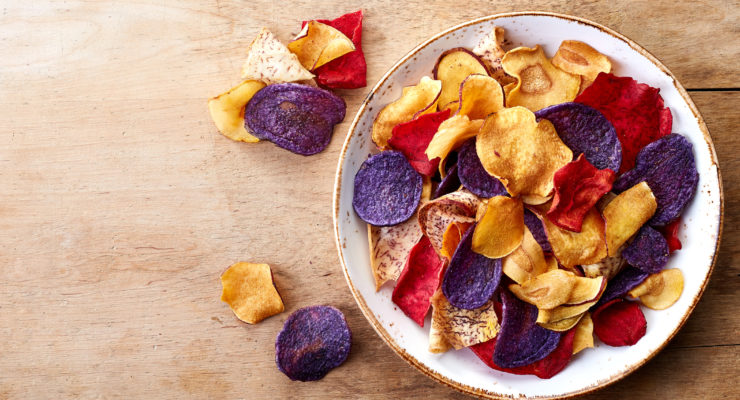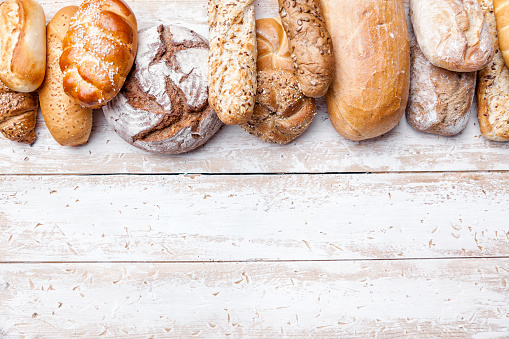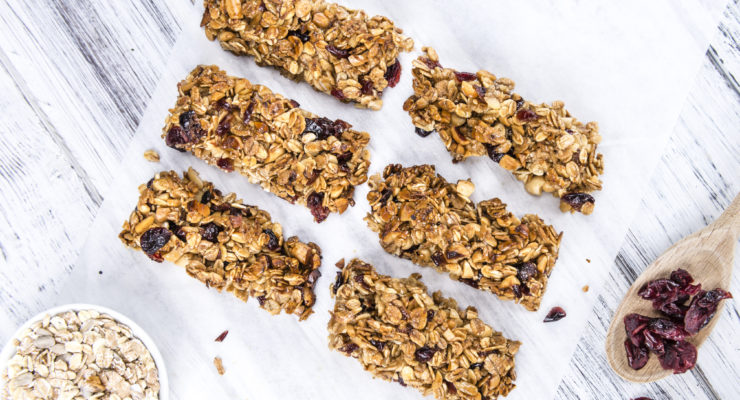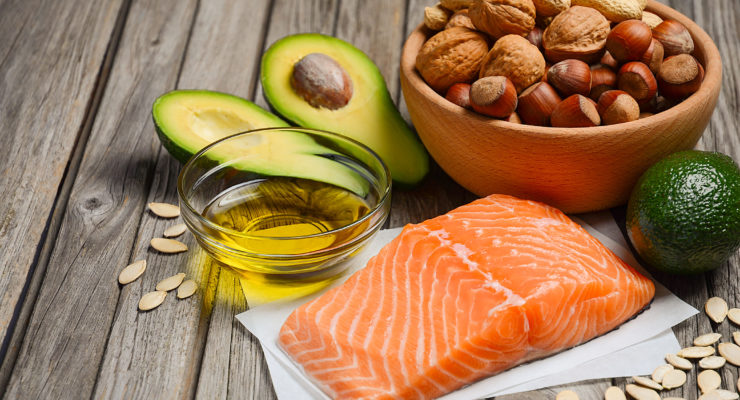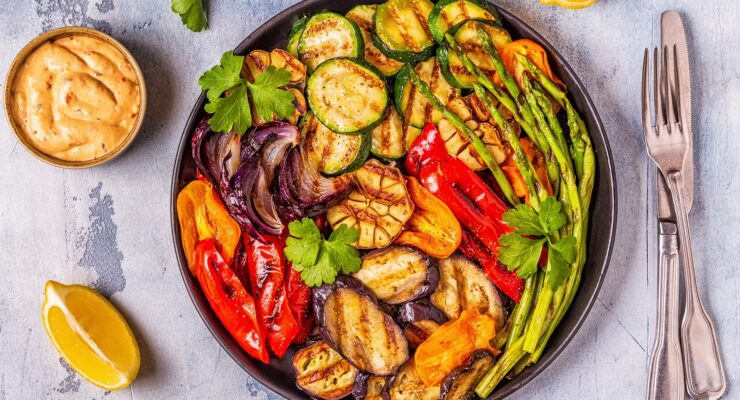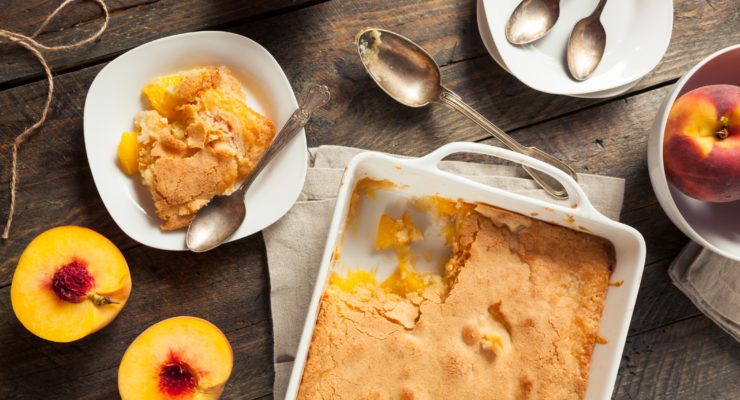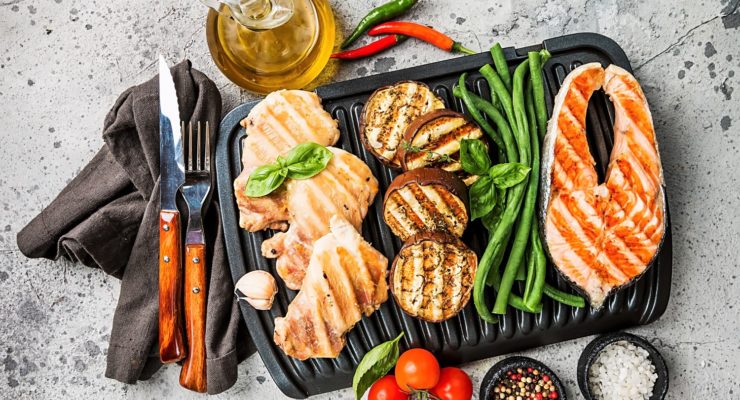5 Healthy-Sounding Foods That Aren’t Actually Healthy
Article posted in: Diet & Nutrition
We’re all trying to make healthier choices, but food companies can make it hard: They label things as “better choices” and with terms like “low-fat” and “good source of protein” without regulation. This creates an effect scientists call the “health halo”: When you perceive a food as “good for you,” you don’t feel guilty about eating more of it. In a 2007 study from Cornell University, participants eating at a “healthy” fast food restaurant underestimated their intake by 151 calories. Make that choice for 50 lunches per year, and you’d gain two or three pounds.
Don’t be fooled. Check labels for calories, and look for these five foods to beware, that seem and sound healthy, but deserve your careful attention.
1. “Veggie” straws or chips:
Don’t be fooled by the green coloring—these are chips. They’re basically identical in nutrition to many traditional potato chip brands. The “straws” contain about 20 fewer calories per one-ounce serving than potato chips—but that’s still 130 calories for less than a handful, and the straws contain more carbs than potato. The most popular veggie chip has 150 calories in a one-ounce serving.
Bottom Line: Skip the chips. Try making your own instead. Click on the link before to find out how:
2. Multi-grain or wheat bread:
The label is trying to confuse you: People who eat whole grains have lower risks of certain chronic diseases. And “multi-grain” sounds like whole grains. And “wheat” is a grain, so that’s good, too, right? It’s not the same thing. While the term “whole grain” is regulated, these other terms (as well as “7-grain,” “ancient grains” and others) are marketing terms that companies can use as they like. Finding out if your favorite bread contains whole grains is easy: If the first or second ingredient in your bread or other carb is “whole grains,” you’re good. If the first ingredient is a milled flour, then you’re looking at a “multi-grain” bread, not a whole grain offering.
Bottom Line: Look for “whole grain” foods.
3. Granola:
This food is known for being so healthy that it’s used as a pejorative for people who want to live a healthy, natural lifestyle. But if it’s like real granola, there may be hidden calories in every corner of the commune: One cup of granola can have up to 600 calories—more than a Big Mac. And that’s without milk! Yes, granola can deliver 18 grams of protein in the a.m., but you can get the same from three hard-boiled or poached eggs—with almost 400 fewer calories, half the fat and without the 64 grams of carbs you’ll get from the granola.
Bottom Line: Eat it sparingly.
4. Stuff that’s “fat-free” or has “40 percent less fat than chips”:
The low-fat and fat-free diet fads of the 1990s have made us think all fat is bad, but it’s an essential nutrient and can serve a purpose when you’re trying to find ways to lose weight: Foods with fat help you feel satisfied. In studies from 2006, putting a “low-fat” label on a food encouraged people to eat up to 50 percent more compared to those study participants who didn’t see the label. In the study, participants underestimated the calories in “low-fat” foods by almost half. That’s because folks forget that fat-free doesn’t mean calorie-free. And, perhaps the biggest issue with fat-free foods is that often, in order to maintain the flavor, manufacturers just replace the fat with sugar. Be sure to read the nutrition labels of your favorite low-fat products to ensure that they aren’t packed with added sugar.
Bottom Line: “Fat-free” isn’t a license to indulge. And healthy fats (like the kind found in avocados and nuts) are a great option in moderation.
5. Gluten-free products:
According to a 2014 study, only about one percent of Americans suffers from celiac disease, meaning they need to be eating gluten-free. But 31 percent of adults perceive these foods as “healthier,” according to another study. Many people buy and eat these products thinking that ditching gluten is their ticket to ditching excess weight. The only thing that’s really getting thinner as a result is our wallets: Between 2011 and 2013, the $10 billion “gluten-free” food industry grew by 44 percent. In some cases, gluten-free options have more calories than their wheat-filled counterparts. For instance, birthday cake: The gluten-free option, which seems healthier, has 260 calories per serving. With gluten: 240 calories. Or take hot cereal: A gluten-free “cream of rice” cereal has 640 calories per cup, while cream of wheat has just 160 calories.
Bottom Line: Unless you truly have a medical reason to avoid gluten, you can skip gluten-free foods.
Ready to learn healthy habits and lose weight? Get started with a weight loss plan today!

